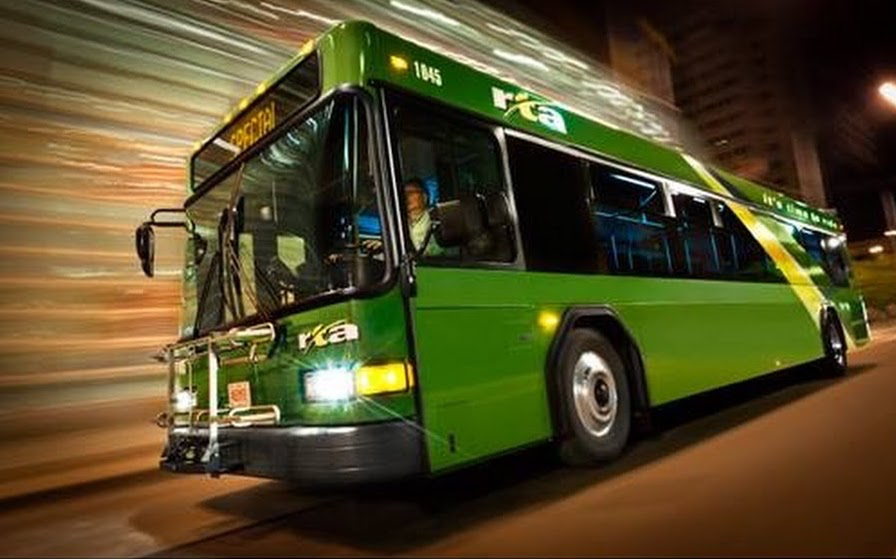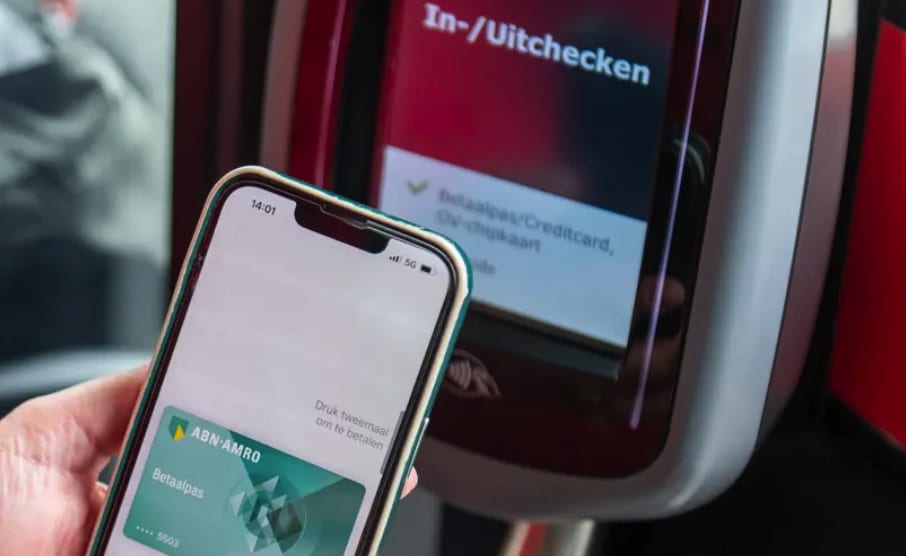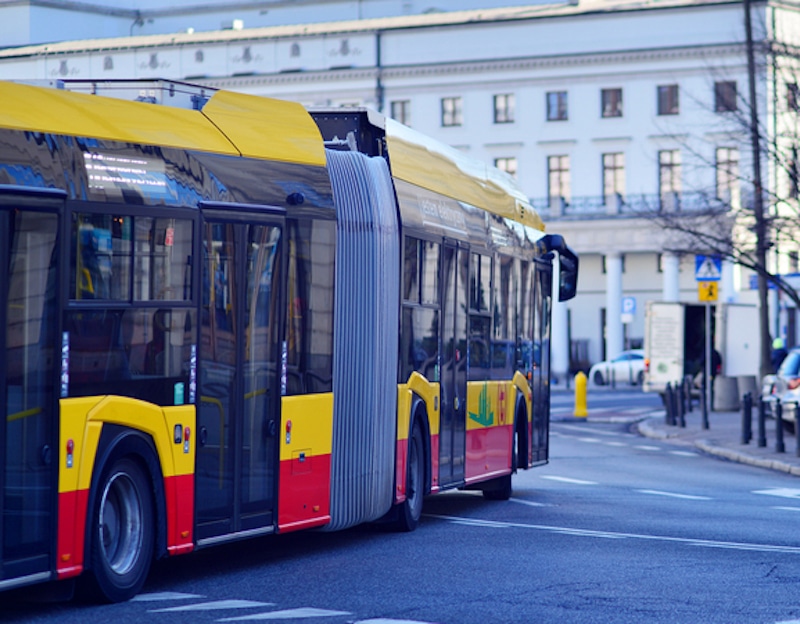
Article Highlights
Small to mid-tier transit agencies have found it especially difficult to remove cash acceptance. Although it has moved back the date when it intends to stop accepting cash on board its vehicles, the Dayton RTA says it will accomplish the feat by the end of 2021.
Graphic: Timeline showing Dayton RTA’s moves to enable it to eventually eliminate cash acceptance on board vehicles. Chart on percentage of cash it still accepts.
• Dayton RTA
• Masabi
Dayton Regional Transit Authority in the U.S. plans to eliminate cash fares by the end of the year, an agency representative told Mobility Payments, with an expanded rollout of contactless payments. That includes introducing account-based ticketing and lining up 200 cash-loading outlets in the city for customers without bank cards.

















